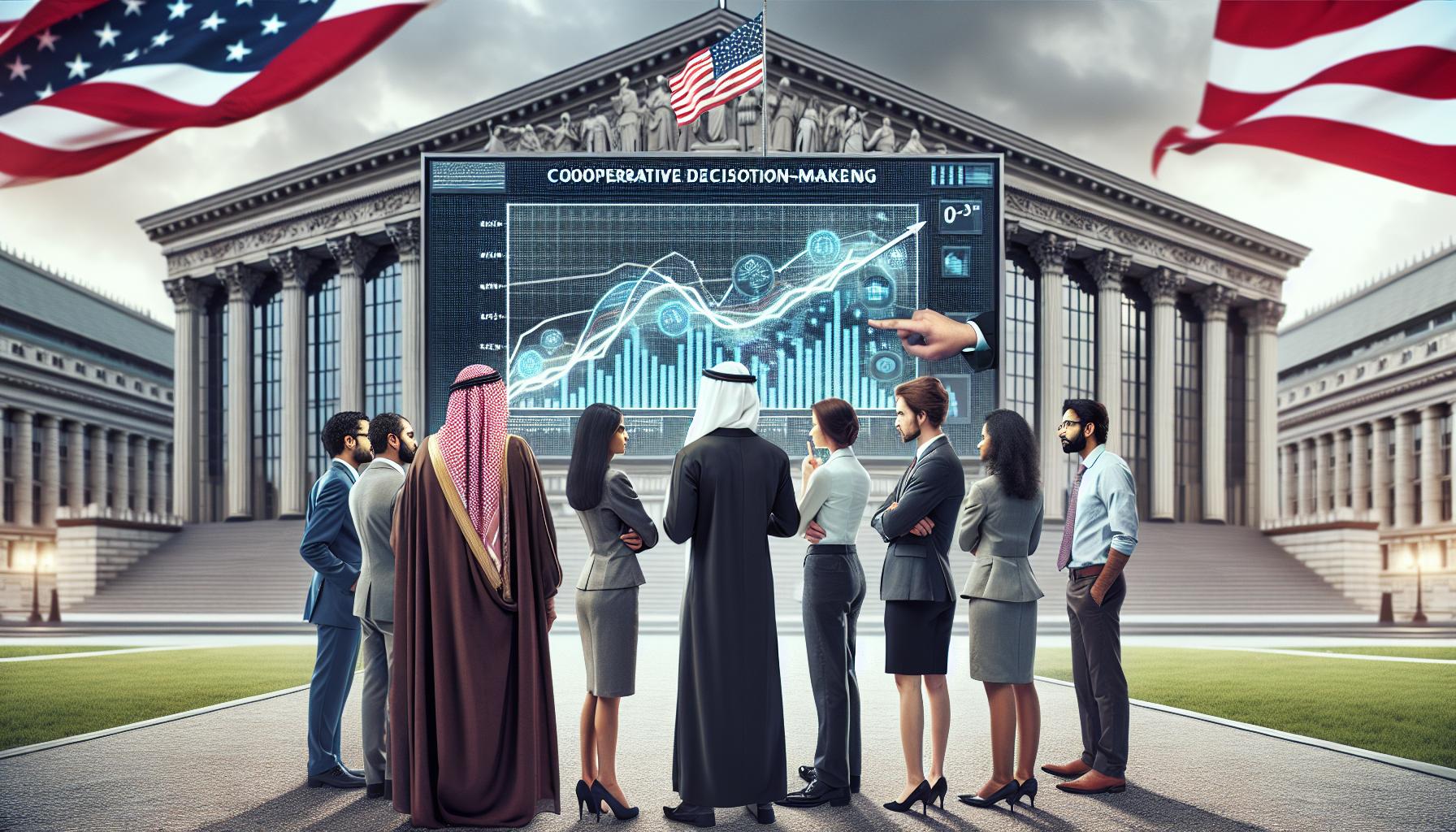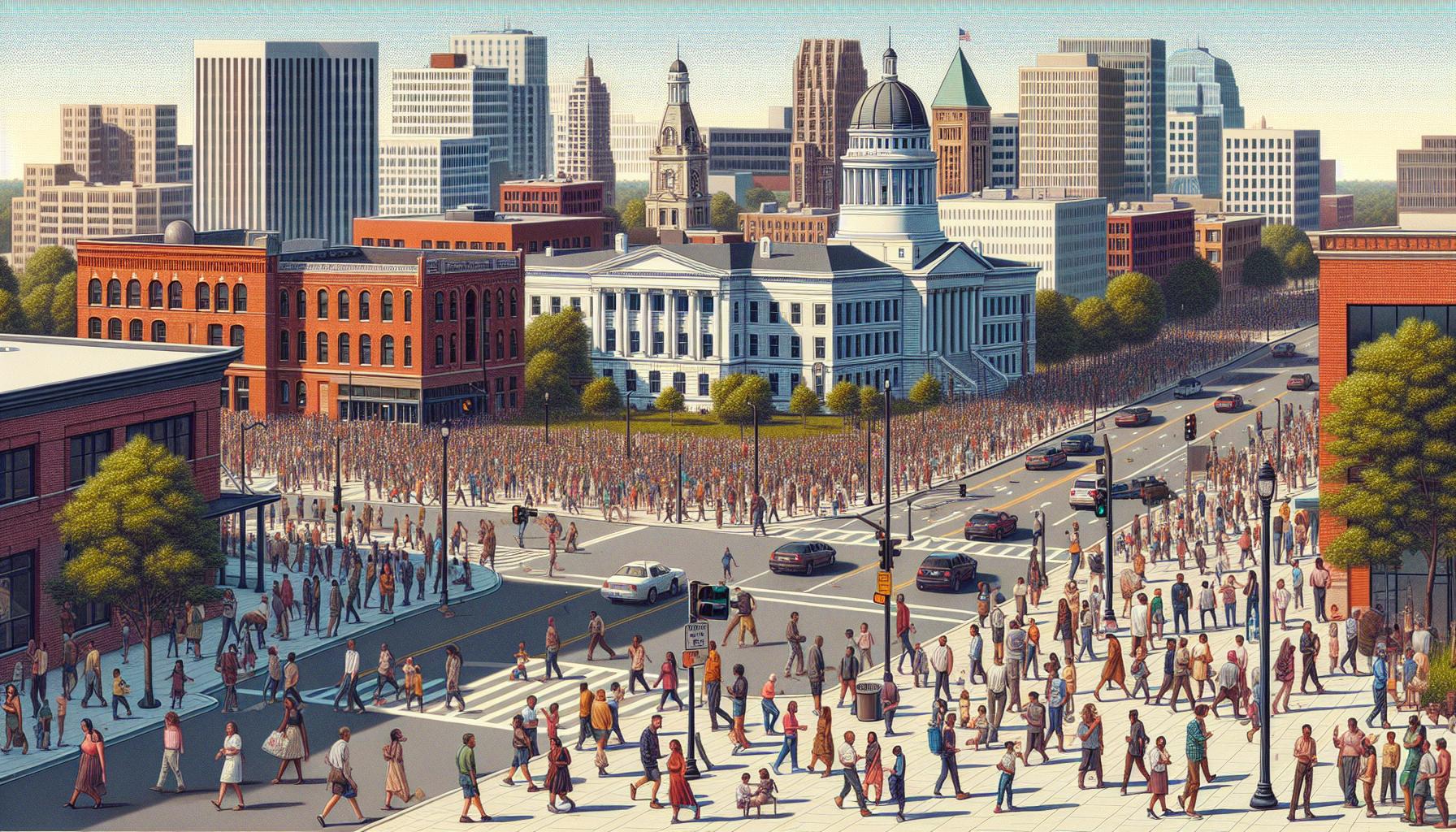When I dive into the world of GDP accounting, for the purposes of gdp accounting, what do government purchases include? one of the key components that always catches my attention is government purchases. These purchases play a crucial role in shaping a country’s economic landscape. But what exactly do they encompass? Understanding the specifics can shed light on how government spending influences overall economic growth.
Government purchases aren’t just about the salaries of public employees or the construction of roads and bridges. They include a wide range of expenditures that can significantly impact GDP figures. By breaking down these components, I aim to clarify what counts as government purchases and how they contribute to the broader economic picture. Let’s explore this vital aspect of GDP accounting together.
Key Takeaways
- Government purchases are a critical component of GDP accounting, encompassing a wide array of expenditures that affect overall economic activity.
- Key categories of government purchases include tangible goods, contracted services, salaries and benefits, infrastructure investments, research and development, and defense spending.
- Federal and state/local government spending significantly contribute to GDP; federal discretionary spending makes up approximately 30% of total federal expenditures, while state and local governments collectively spend over $3 trillion annually.
- Increased government spending can stimulate short-term economic activity by creating jobs, boosting consumer spending, and stabilizing the economy during downturns.
- Long-term investments in infrastructure, education, and healthcare are essential for sustained economic growth, promoting productivity and fostering innovation.
- Understanding the components and impact of government purchases is crucial for assessing economic health and informing policy-making decisions.
For The Purposes Of GDP Accounting, What Do Government Purchases Include?
Government purchases comprise various expenditures that impact GDP calculations. These purchases mainly include:
- Goods: Tangible items such as office supplies, military equipment, and vehicles fall under this category. Each good acquired serves a specific purpose in government operations.
- Services: Government entities often contract services such as healthcare, education, and legal assistance. Each service contributes to the economy by improving public welfare and infrastructure.
- Salaries: Payments to government employees are significant contributors to GDP. Each salary represents market compensation for labor, boosting overall economic activity through consumption.
- Infrastructure Investments: Spending on roads, bridges, and public transport significantly enhances a nation’s capability. Each infrastructure project creates jobs and stimulates local economies.
- Research and Development: Government spending on R&D fosters innovation and technological advancements. Each investment provides the foundation for future growth and competitiveness.
- Defense Spending: Military expenditures represent a major segment of government purchases. Each defense contract can generate economic activity, supporting numerous suppliers and contractors.
Understanding these components clarifies how government purchases influence GDP calculations and the broader economy.
Definition Of Government Purchases

Government purchases consist of various expenditures that influence the Gross Domestic Product (GDP). These purchases play a crucial role in shaping economic activity by encompassing a wide range of goods and services.
Types Of Government Purchases
- Tangible Goods: Office supplies, military equipment, and vehicles used by government agencies.
- Contracted Services: Healthcare services from hospitals, education services from schools, and consulting from private firms.
- Salaries and Benefits: Compensation given to government employees, including federal, state, and local workers.
- Infrastructure Investments: Spending on roads, bridges, public transport systems, and essential services like water and sewage treatment.
- Research and Development: Funding for scientific research, technology development, and innovation projects that benefit the public sector.
- Defense Spending: Expenditures tied to military contracts, equipment maintenance, and military personnel compensation.
Importance In GDP Calculations
Government purchases significantly impact GDP calculations by directly adding to total economic output. They represent a substantial portion of aggregate demand, influencing overall economic growth rates. In addition, these purchases help stabilize the economy during downturns, as increased government spending can stimulate demand and promote recovery. Understanding the components of government purchases reveals their vital role in economic assessments and policy-making.
Categories Of Government Expenditures

Government expenditures play a vital role in GDP accounting. These categories capture the full scope of government spending, providing insight into how these purchases contribute to overall economic activity.
Federal Government Spending
Federal government spending encompasses various categories, including mandatory and discretionary expenditures. Mandatory spending includes essential programs like Social Security and Medicare, which automatically allocate funds based on eligibility. Discretionary spending, determined through annual appropriations, includes defense budgets, education, and research initiatives. In 2023, federal discretionary spending accounted for approximately 30% of total federal expenditures. Each area of federal spending directly impacts GDP calculations, fueling economic growth through various channels, including job creation and infrastructure improvements.
State And Local Government Spending
State and local government spending constitutes another essential facet of government purchases. This spending often involves education, public safety, housing, and transportation. In 2022, state and local governments collectively spent over $3 trillion, with education alone representing about 30% of that total. Expenditures in these areas directly affect local economies by providing public services, maintaining infrastructure, and supporting employment. The fiscal decisions made by state and local governments significantly influence GDP, as their spending contributes to aggregate demand and overall economic stability.
The Impact Of Government Purchases On The Economy

Government purchases significantly influence economic dynamics. They create demand, support job growth, and stabilize fluctuations in economic activity.
Short-Term Effects
 Short-term effects of government purchases manifest quickly in the economy. Increased spending often leads to immediate job creation, boosting disposable income and stimulating consumer spending. For instance, when the government invests in infrastructure projects, local contractors hire workers, resulting in higher employment rates. This influx of income prompts households to spend more on goods and services, creating a multiplier effect that further invigorates economic activity.
Short-term effects of government purchases manifest quickly in the economy. Increased spending often leads to immediate job creation, boosting disposable income and stimulating consumer spending. For instance, when the government invests in infrastructure projects, local contractors hire workers, resulting in higher employment rates. This influx of income prompts households to spend more on goods and services, creating a multiplier effect that further invigorates economic activity.
Government purchases also play a critical role in counteracting economic downturns. When the economy slows, heightened government spending can elevate demand, which directly supports businesses facing reduced consumer spending. In 2020, during the COVID-19 pandemic, stimulus packages exemplified this approach by providing financial assistance to individuals and businesses, helping to stabilize the economy.
Long-Term Effects
Long-term effects of government purchases significantly shape economic growth. Investments in infrastructure, such as roads, bridges, and public transit, enhance productivity and efficiency over time. In addition to direct job creation, these projects enable businesses to operate more effectively, which supports broader economic expansion.
Investing in education and research generates a skilled workforce and fosters innovation, crucial for sustaining growth. When the government allocates funds to higher education and vocational training, it prepares future generations for evolving job markets, thereby enhancing productivity and competitiveness.
Furthermore, government purchases in healthcare improve public health outcomes, resulting in a healthier workforce. Healthier individuals contribute more effectively to the economy, reducing long-term healthcare costs and increasing productivity. Overall, the cumulative effects of these purchases bolster economic resilience and growth potential, ensuring a robust economic environment.
 GDP Accounting
GDP Accounting
Understanding for the purposes of gdp accounting, what do government purchases include? It is crucial for grasping how our economy functions. These expenditures aren’t just numbers on a balance sheet; they represent investments in our society’s future. By recognizing the diverse categories of government spending—from infrastructure to education—we can appreciate their impact on economic stability and growth.
As I’ve explored, government purchases influence both short-term recovery and long-term prosperity. They create jobs, stimulate demand, and enhance productivity. By prioritizing these investments, we can foster a healthier economy that benefits everyone.



